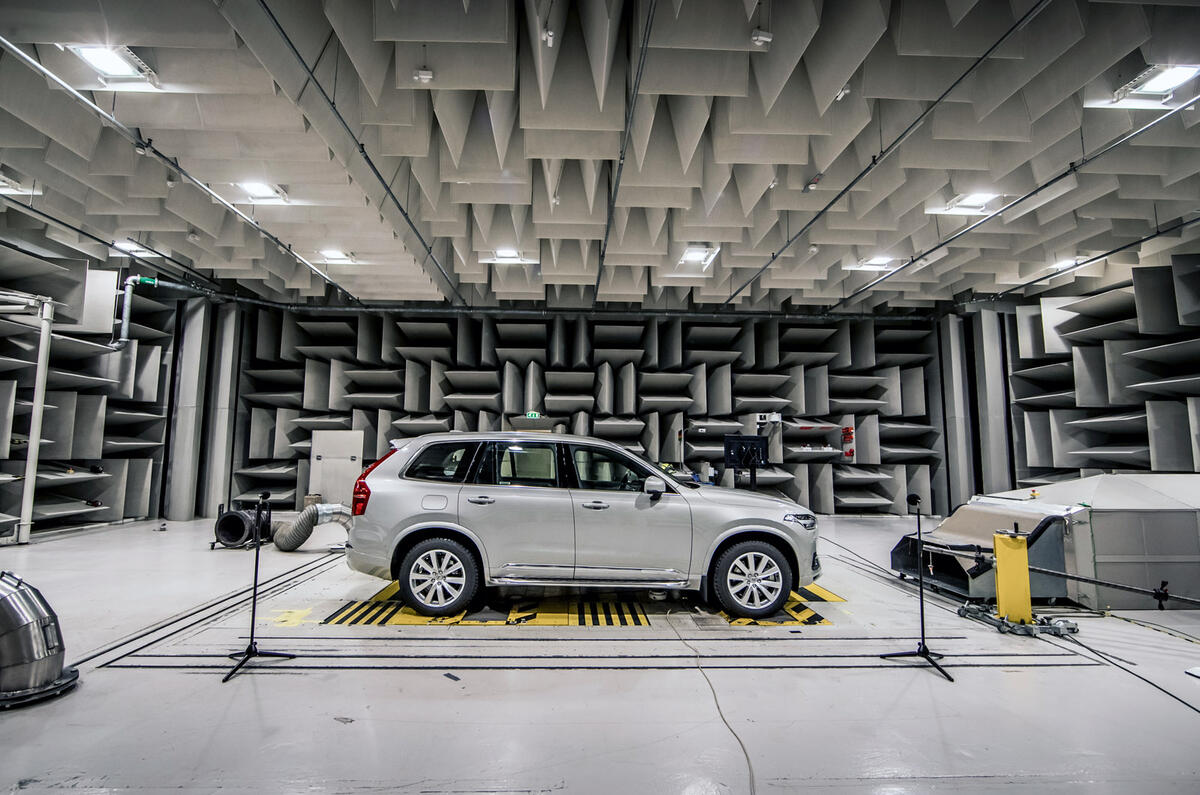Noise, or specifically the lack of it, is one of the most notable differences between combustion-engined and electric vehicles (EVs). And while many claim that silent electric cars will make roads and cities quieter and calmer, you can easily find sensational headlines warning that ‘dangerously quiet’ EVs are ‘silent killers’ that pose a risk to inattentive pedestrians.
Predictably, neither extreme is entirely accurate. Not least because, contrary to the hopes of some and the fears of others, EVs aren’t silent. They’re not allowed to be. But they do give manufacturers the chance to decide exactly what they want their cars to sound like.
Following research that showed silent EVs could pose a risk to pedestrians, cyclists and other vulnerable road users, especially those with visual impairments, most major markets are introducing Acoustic Vehicle Alerting Systems (AVAS). In the EU and, as things currently stand, the UK, AVAS has been compulsory on all new types of electric and hybrid vehicles since 1 July 2019, and it will be required on all hybrid or electric vehicles sold from 1 July 2021 onwards.
That doesn’t mean EVs will be emitting all manner of strange noises in the future, though, because they have to comply with various bits of legislation. The EU uses United Nations Regulation 138, which requires AVAS to operate at speeds of 0-20kmh (12.5mph) and project a noise of between 40 and 60 dB(a) in a two-metre radius. This must fall between certain frequencies and move upwards in frequency as the car accelerates to 20kmh.
Despite those limitations, manufacturers have still been given considerable freedom to determine what their cars should sound like.
![]()







Join the debate
fleabane
Kosmische
Perhaps something by Kraftwerk, rather than Hans Zimmer, would be more relevant?
X1X3
Kosmische
To right as good as Hans Zimmer is, you woud fall asleep bring on the autobahn with a touch of trans-europe express.
Add your comment